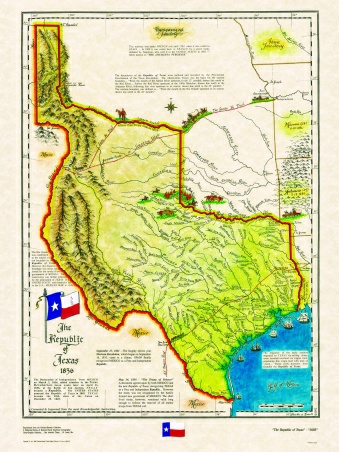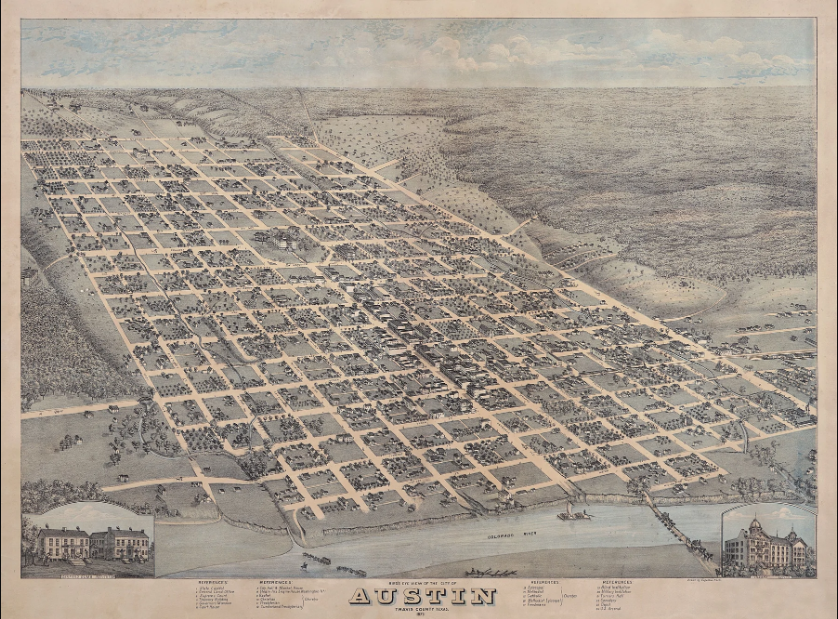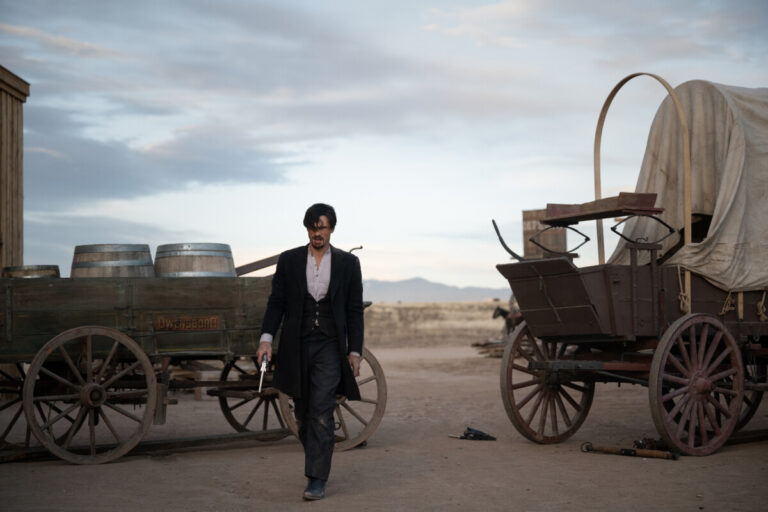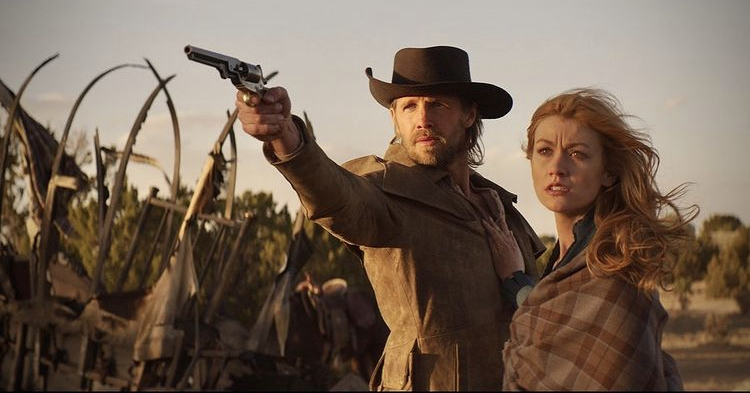Historical Context for Walker: Independence – Origin of Austin, Texas

Walker: Independence is a historical drama that takes place in the late 1800s. It tells the story of Abigail Walker, the first Walker in Texas, and details the beginnings of the Walker-Davidson feud. The events of this show will take place in and around the bustling town of Independence, Texas. Though Independence is a real town that still exists in Texas to this day, the Independence in Walker is a fictional composite of Independence and the original Waterloo, which Jared Padalecki mentioned during the Walker: Independence panel at ATX TV Festival in June. I wanted to spend a little time doing some background on the real history of both of these cities and speculate on what elements of these histories may be incorporated into the show.
History of Waterloo
If you look up Waterloo, Texas, you will find records of a present-day city with that name located in Williamson County. But that’s not the city we’re going to be talking about here.
There was another Waterloo once, in what is now Travis County. This was a small settlement that started with one man, Jacob Harrell, and his family in 1835. The current Congress Avenue Bridge sits in approximately the same spot as the original settlement.
A few years after this, the site was visited by Mirabeau Lamar, who decided it would make a good spot for the capital of the Republic of Texas. After being surveyed and reviewed in 1838-1839, the settlement (which had grown to house a few families) was officially incorporated and named “Waterloo”. The origins of this name are uncertain, but it has been speculated that it comes from the name of the battle where Napoleon was famously defeated by the English. Whatever its origins, this name was not to last as in March of 1839, Texas legislators changed the name of the capital to Austin in honor of Stephen F. Austin. Then, in August of 1839, the first plots of land in the town were auctioned off after a city plan was made.

(Official map of Austin made in 1873. Landmarks such as the Capitol Building and a variety of churches are marked. Courtesy of texasmapstore.com)
Over the next few years, the population of Austin would grow as the capital of the Republic of Texas. By 1840, the population had grown to almost 900, a far cry from its one-family settlement origins. This would not last forever as Sam Houston, the first and only President of the Republic, would move the capital away from Austin to Houston, then Washington-on-the-Brazos. Following the first move, the population would dwindle to below 200. The city didn’t make a recovery until after 1846, when Texas was officially annexed into the United States and Austin was reinstated as the capital.
History of Independence
Independence, Texas is located in Washington County. It was founded in 1835 and became a major hub of religion, education and commerce in the Republic of Texas. Once the home of Baylor University as well as major Texas figure Sam Houston, it’s little wonder that Independence made its mark in the Lone Star State.

(image of a map of Texas focused on Washington County. Courtesy of texasescapes.com)
By the 1850s, Independence not only housed Baylor University, but had its own hotel, Baptist church, cemetery, jailhouse, stagecoach depot, and a minor commercial district. Alongside this, it was surrounded by cotton plantations. Independence was officially incorporated into its own city in 1852 and T.T. Clay became its first mayor. It seemed like there was nothing that could slow Independence down as more money and people flowed in to see what it had to offer.
Unfortunately, this was not to last. The Sante Fe railroad wanted to give business to Independence but the men in charge of the city declined their offer. By the 1880s, the city started to feel the consequences of this decision as the major railways bypassed it completely. Students had trouble getting to campus, so Baylor packed up and moved to Waco in 1885. Commercial trade was also going to cities that had allowed the railroads the right-of-way. Thus began the decline of Independence, Texas.
Despite all this, the farmland surrounding the city remained very productive and was a great boon for minority groups like European immigrants (mostly German) and former slaves from Washington county.
Nowadays, Independence exists as a rural area with a population of under 200. It is also home to many historical sites such as the Sam Houston homesite, Old Baylor Park, Independence Baptist church, and the remaining original homes and store structures of Independence.
Conclusion and Speculation
As of the writing of this article, all we have to go on for the content of Walker: Independence is the trailer (which you can watch here). However, I think there is still room to speculate about what elements of the real-world history of Texas may be incorporated into the show. We know based on the canon of Walker that in this universe, this Independence will eventually become Austin in place of Waterloo. We can also see in the trailer that this Independence is a bustling town with plenty of businesses and its own law enforcement, calling back to its IRL namesake. The diversity of the cast is also in line with history as the opportunities available in Independence drew in many disadvantaged groups. I do wonder if/how they will incorporate the rise of the railroads. There is also the matter of how, exactly, Independence will turn into Austin. I suppose we’ll just have to wait and see.
Dig deeper into the history of 1870’s Texas with Part 2, Historical Context of the Civil War and Reconstruction Era.
Keep up with Walker and Walker: Independence. Bookmark The WFB’s Walker Page for spoilers, news, episode reviews and character analysis!
References:
https://www.tshaonline.org/handbook/entries/waterloo-tx-travis-county
https://www.austinlibrary.com/ahc/faq1.htm
https://www.austinlibrary.com/ahc/faq2.htm
http://independencetx.com/history.htm
http://independencetx.com/HistoricSites.htm
https://www.tshaonline.org/handbook/entries/independence-tx-washington-county









Leave a Reply